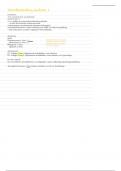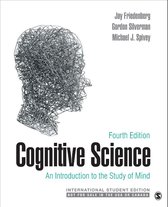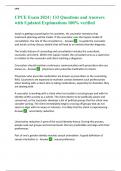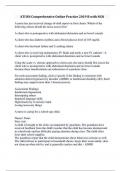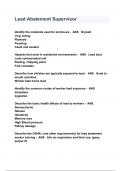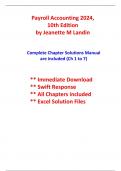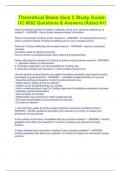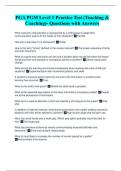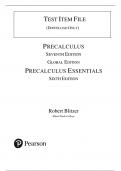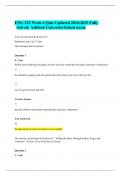Samenvatting
Samenvatting Cognitive Science (Midterm) - KI - Inleiding cognitiewetenschappen ()
- Instelling
- Universiteit Utrecht (UU)
Samenvatting beslaat de hoofdstukken die in deeltentamen 1 zijn getoetst. Als je dit kent zit je sowieso goed, want met een beknoptere samenvatting had ik het ook gehaald! Ik heb het vak afgerond met een 8.
[Meer zien]
